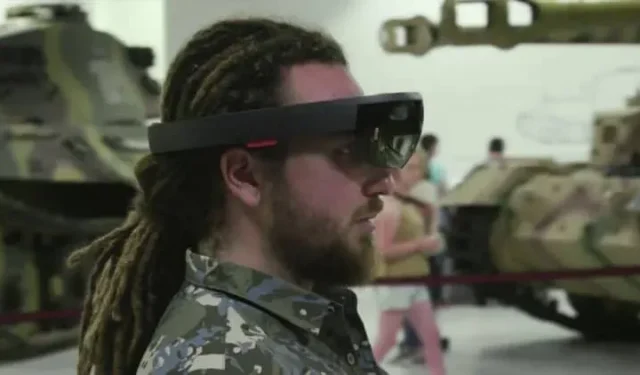Microsoft HoloLens headsets have been widely criticized by US soldiers. There are still many things that need to be corrected.
Microsoft HoloLens headsets for the US military have some issues. Bloomberg and Insider explain that a recent unclassified report shows that the current version of the Integrated Visual Augmentation System (IVAS) is causing problems for soldiers testing them. Some have suffered from nausea, headaches and eye strain while using the augmented reality device. Others complained about the weight, the limited field of view, and the brightness of the screen, which made it possible to determine the location even at a great distance.
Microsoft HoloLens headsets have been widely criticized by US soldiers
A Microsoft employee interviewed by Insider said that IVAS failed four out of six tests. Nicholas Gertin, head of operational testing and evaluation at the Department of Defense, added that there are still too many problems with core functions. Adoption among soldiers is still very low, according to the report.
The tests in question were part of the “Soldier Touch Point”program, which helps the military gather real-world feedback and allows Microsoft to improve this dedicated HoloLens headset. Ideally, helmets should provide infantry with vital information about the battlefield as well as night vision.
There are still a lot of things to fix
In any case, the military appears to be well aware of what remains to be done. In a statement sent to Insider, Brigadier General Christopher Schneider said IVAS has passed “most”of the criteria, but there are still areas where it needs improvement. Dow Bush authorized the delivery of the first batch of 5,000 HoloLens headsets last August, but the military branch changed its plans to “correct the defects.”Microsoft, for its part, told Bloomberg that it still sees IVAS as a “transformation platform”and that it intends to move forward with the delivery of this first batch.
These reviews do not necessarily mean that the design of the current IVAS can be discarded. However, this is due to a number of difficulties arising from this 10-year, $21.9 billion contract for 120,000 devices. The project also caused a sharp controversy in Microsoft, employees refused to work on the “weapon”. The Army also delayed deployment late last year to continue development. It will likely take some time before the technology is fully ready for combat.


